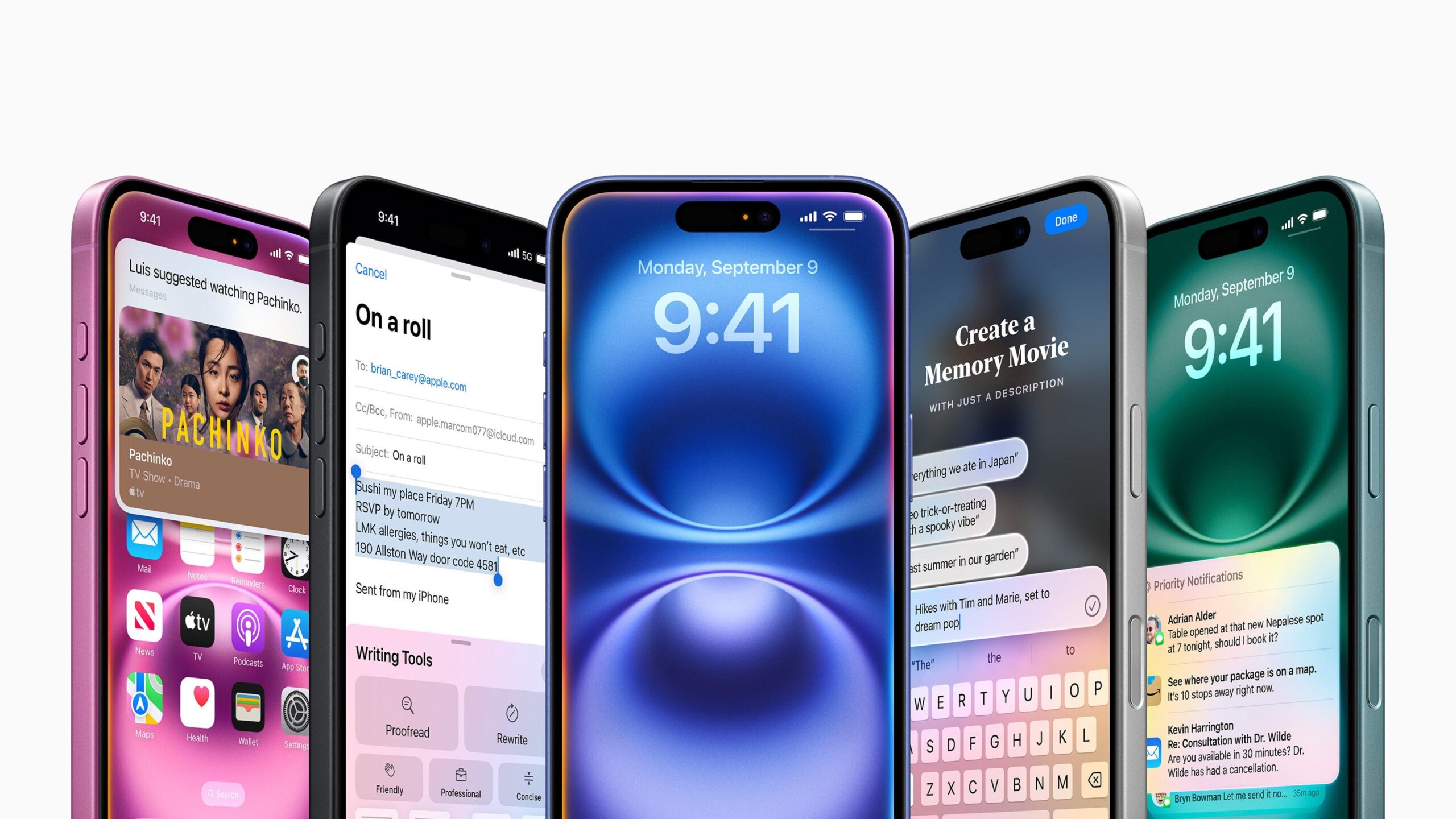Visual search has become an integral part of our daily lives, allowing users to easily search for information by simply capturing an image with their smartphones. As the technology continues to evolve, Google has once again taken the lead with its latest addition to Google Lens – video search. While Google remains at the forefront of innovation, Apple’s Visual Intelligence technology appears to be falling behind the curve.
Google Lens, originally launched in 2017, revolutionized the way we interact with our photos. It allows users to point their camera at an object and instantly receive information about it. Whether it’s identifying a particular species of flower, translating text in real-time, or exploring a restaurant’s menu, Google Lens enhances our visual world by providing a seamless augmentation of information.
With the recent addition of video search, Google Lens has raised the bar even higher. Users can now capture a video and receive relevant information about what they’re recording in real-time. This breakthrough feature enables users to gain deeper insights into their surroundings and obtain valuable contextual information. Whether it’s a historical landmark, an exotic wildlife sighting, or a famous art piece, the possibilities are boundless.
Meanwhile, Apple’s Visual Intelligence technology, which powers their camera app and image recognition capabilities, is struggling to keep up. While it’s true that Apple’s camera app can recognize objects and provide basic information, it pales in comparison to the sophisticated capabilities of Google Lens. With the absence of video search in Apple’s arsenal, users are missing out on a powerful tool for exploration and discovery.
Apple’s lack of progress in visual intelligence can be attributed to its focus on other areas. While the tech giant has made significant advancements in augmented reality (AR) with its ARKit framework, it seems to have neglected the development of visual search. ARKit has undoubtedly served as a stepping stone for AR applications, but it does not provide the same level of immersive and information-rich experience as Google Lens.
On the other hand, Google has been relentless in pushing the boundaries of visual search. By leveraging its vast pool of data and cutting-edge machine learning algorithms, Google has been consistently expanding the capabilities of Google Lens. The addition of video search not only sets Google apart from its competitors but also reinforces its commitment to providing users with the most innovative and comprehensive visual search experience.
While Apple may be losing ground in this specific aspect of visual intelligence, it’s worth noting that the tech giant possesses its own unique strengths. Apple’s ecosystem, user-centric approach, and emphasis on privacy have earned the loyalty of millions of users worldwide. Additionally, the potential integration of Apple’s existing AR capabilities with future visual intelligence advancements could potentially close the gap.
As the race for visual intelligence dominance continues, it is clear that Google has taken a significant lead with the introduction of video search to Google Lens. While Apple may be behind the curve in this particular field, it would be premature to count them out entirely. With their history of innovation and the relentless pursuit of technological excellence, Apple may yet surprise us with their next breakthrough in visual intelligence.
Hey Subscribe to our newsletter for more articles like this directly to your email.
